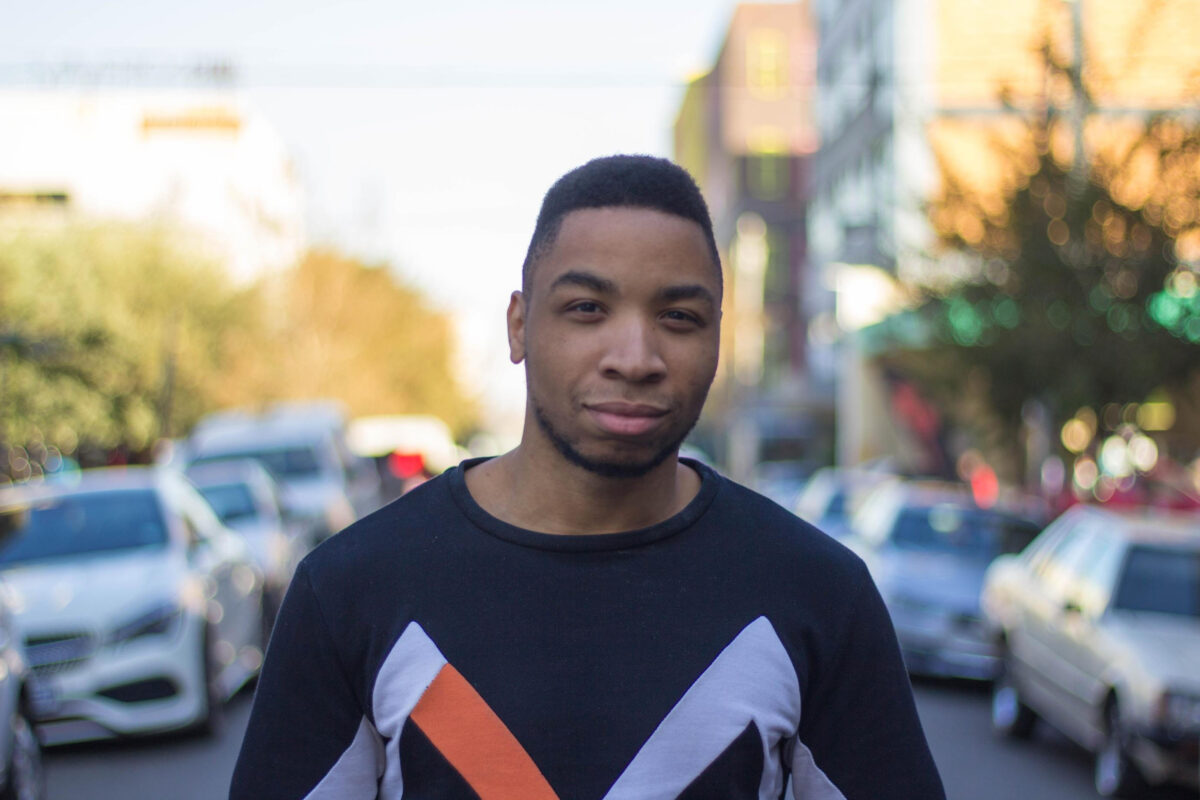Every so often, we’ll chat with an alum about what they do and how they got there. Today we’re talking with Kavita Krishnaswamy ’07, mathematics and computer science. Krishnaswamy has spinal muscular atrophy and has not been able to leave her house in six years. Thanks to Beam Telepresence Technology, a robotic program that allows her to remotely view and navigate spaces through her computer screen, she’s presented her doctoral thesis and attended conferences across the country. The current Ph.D. student talks about her experience with the Beam and her research on robotics and accessibility.
 Q: What’s your most memorable experience/moment at UMBC?
Q: What’s your most memorable experience/moment at UMBC?
UMBC is a journey to fulfill, not a destination to complete. Every day was a day to remember with milestones to accomplish, wisdom to be learned, and experiences to cherish. The accumulation of my UMBC experiences has molded (and continues to mold me) for the real-world. I am so grateful that each and every experience I encountered has brought me to my place now.
One of my favorite experiences was to go to the seventh floor of the library to study and look out the bow window on a pleasant view of the entire campus. Viewing outside the window often filled with positive energy and reminded me to appreciate the everyday journey and have the perspective to soar to great heights by overcoming obstacles and promoting feelings of humility relative to the grandeur and glory of Mother Nature.
Q: How has your life changed since using the Beam telepresence robot?
I have a more active and busy lifestyle since using the Beam. I am traveling all over the world to conferences, meetings, museums, concerts, and other attractions with the Beam. Meeting new people and networking to make new contacts has been productive to advancing my research and career goals.
Q: What do you see in the future for robotic technology and how it changes the way people interact?
The future is here now! Robotics technologies will become ubiquitous as time moves forward for the benefit of humanity. Ultimately, the quality of life will improve for all.
Q: Can you tell me more about your current work?
My research involves the development of robotic systems to provide assistance and increase independence for people with disabilities. I am developing several prototype robotic systems that will support transferring, repositioning, and personal care, with a focus on accessible user interfaces for control that are feasible for persons with severe disabilities. For example, I am investigating the use of brain computer interfaces, speech recognition, and facial gestures to control a robotic interface for repositioning the arms of users with disabilities to strengthen their muscles and relieve pressure on the joints.
Q: What are your plans after graduate school?
It is the blessing of continuing education that excites me. I will always continue learning. Within the next 10 years, I will have my PhD degree, be married to [the] man I love, have a happy and healthy child, be successfully employed as a professor and researcher, have my own home, invent a number of assistive devices and robotic technologies that help increase independence for people with disabilities, make my parents proud, and be thanking God for bringing all of my dreams into reality. In all aspects, I want to be successful and do the best that I possibly can to overcome adversities that may stand against my way.
Read more about Kavita and her research!
Tags: Beam Telepresence, Computer science, Mathematics, Research



